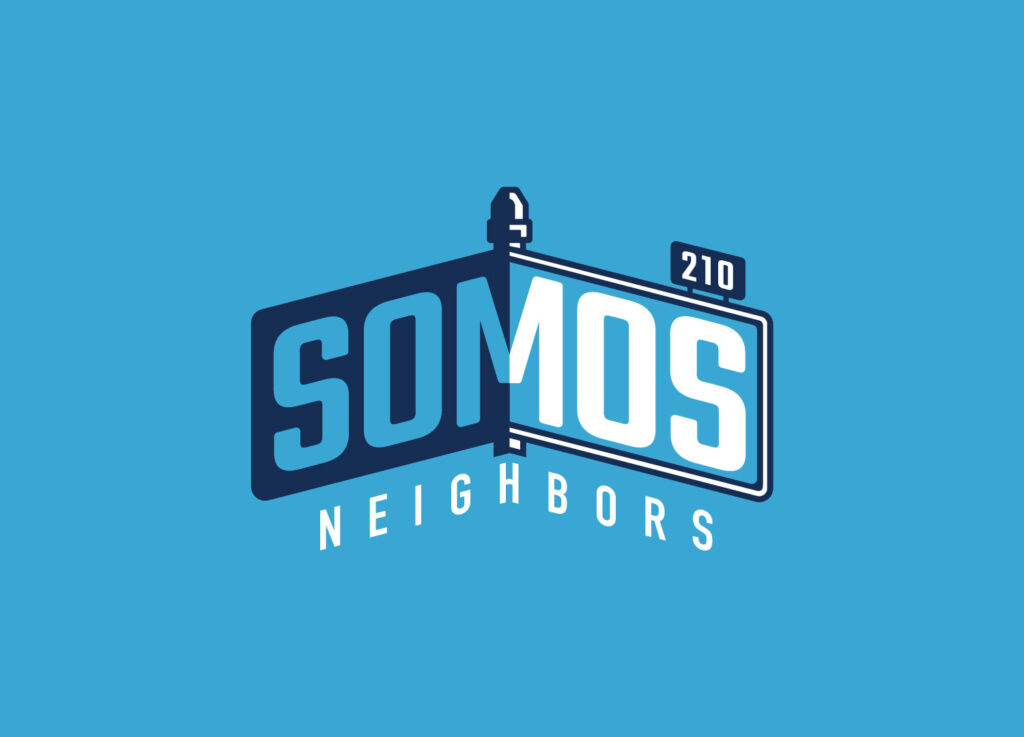Somos Neighbors
Meet your neighbors
Our neighborhoods are so much more than just the location of the buildings we live in. Each neighborhood offers something beautiful, inspiring, and entirely unique. Where we live plays a role in how long we live, and average life expectancy in Bexar County’s longest-lived neighborhoods is 18 years higher than in our shortest-lived neighborhoods. The Somos Neighbors project shows us how other neighborhoods are both like ours and different, helping us unite as neighbors to close that 18-year gap.
Somos Neighbors connects us with each other, with an understanding of the neighborhoods we live in, and with action to close the life expectancy gap. If we work together we can live long healthy lives in the neighborhoods we love, no matter where in the county we live.
If our daily routine is to go from home to school or work and back, our day-to-day lives don’t offer many chances to get to know other neighborhoods. Visit Somos Neighbors, enter your information and see how a neighborhood somewhere else in the county is the same and different from yours.

In partnership with the Urban Institute and the Robert Wood Johnson Foundation, Somos Neighbors is one of 10 projects nationwide selected through the Visualizing and Powering Healthy Lives opportunity to use USALEEP local life expectancy data to explore and address neighborhood-level life expectancy disparities. The 10 projects are intended as case studies for other communities interested in using the USALEEP data to understand and address place-based inequities in life expectancy.
To learn more about the 9 other projects selected for Visualizing and Powering Healthy Lives, please visit www.puttinglocaldatatowork.org.
Contact
We Want to Meet You!
Connect with us at CINow to explore the endless ways data can make communities stronger. Whether you have questions, ideas, training needs, or a potential partnership in mind – we’re happy to hear from you!